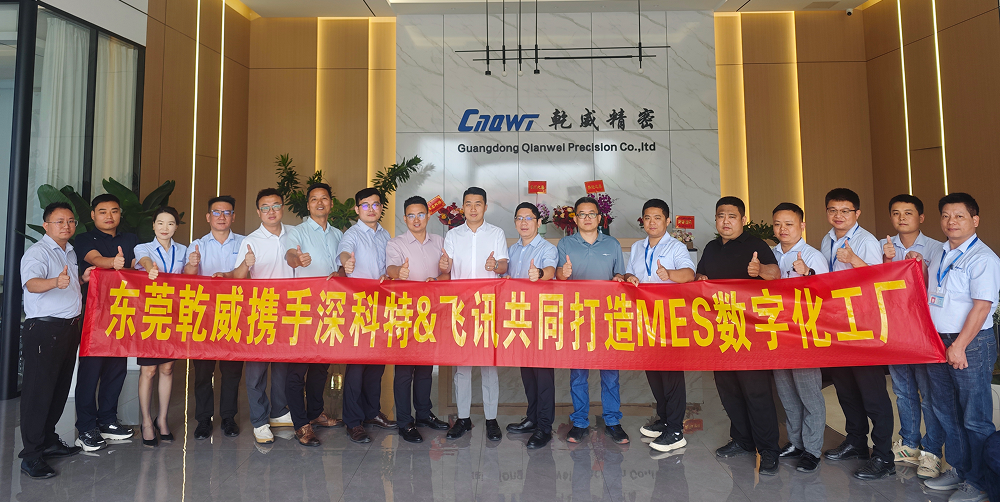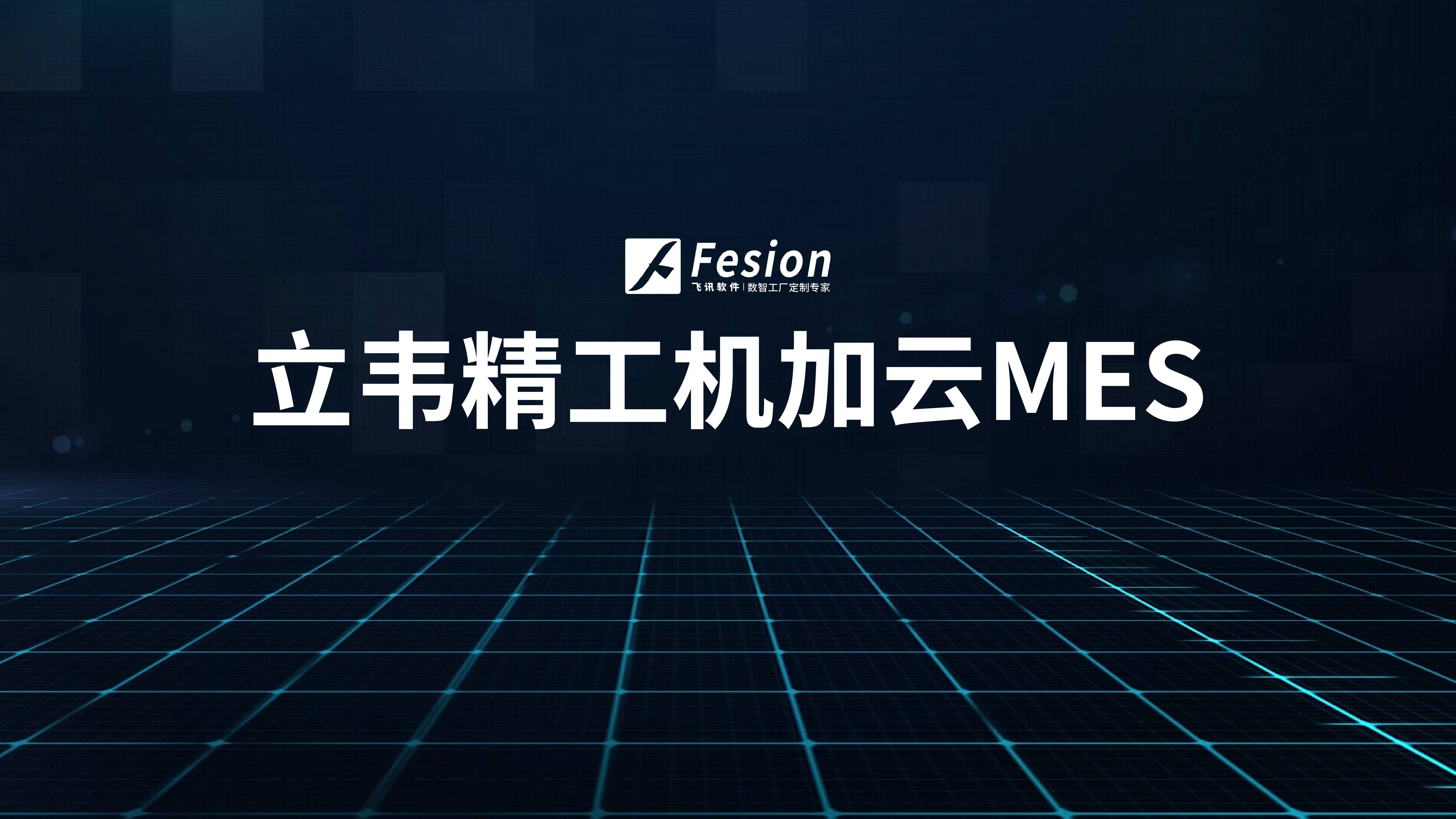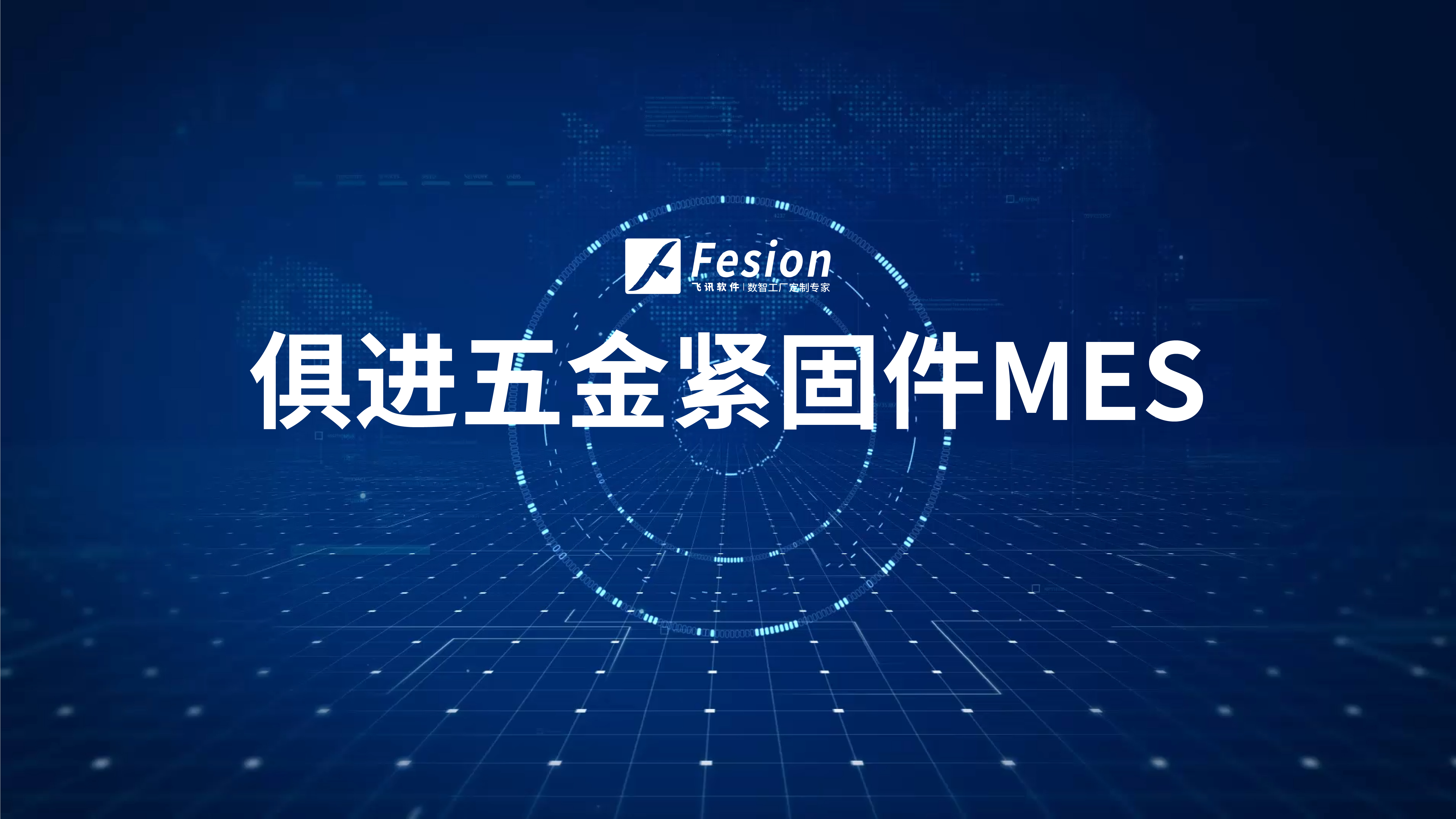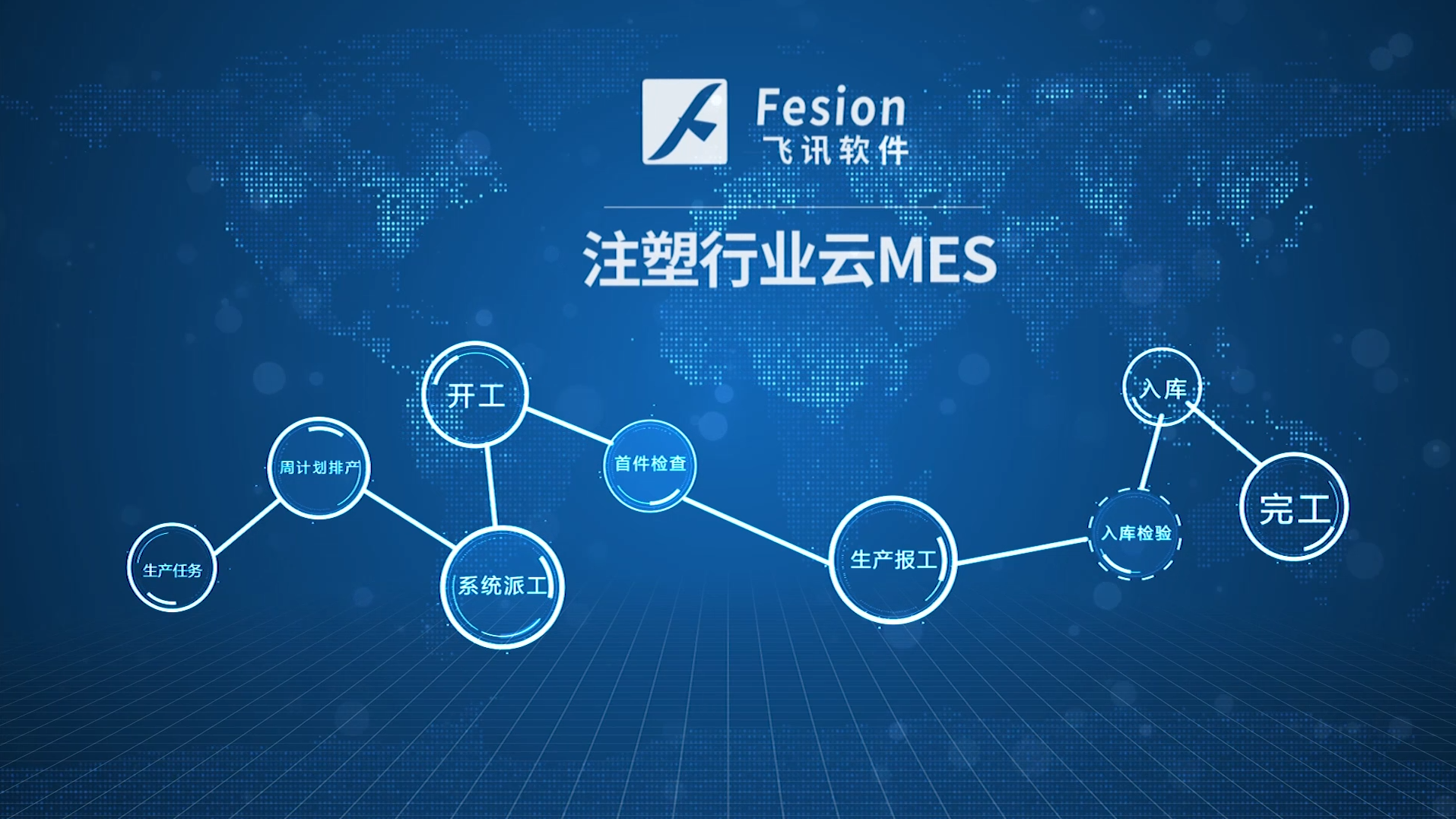MES系统全面质量追溯的实施策略与经验分享

Title: Implementation Strategy and Shared Experiences of Comprehensive Quality Traceability in MES System
Introduction:
In today's highly competitive manufacturing environment, ensuring product quality is crucial for businesses to thrive. In order to achieve comprehensive quality traceability, many companies are adopting the Manufacturing Execution System (MES) – a software-driven approach that enables end-to-end visibility and control over the entire production process. This article aims to explore the implementation strategy and share experiences from multiple perspectives on how to effectively implement MES systems for comprehensive quality traceability.
1. Planning and Preparation:
The first step towards implementing a comprehensive quality traceability system through MES is detailed planning and preparation. This involves defining objectives, understanding the specific requirements of the organization, and conducting a thorough analysis of existing processes. It is important to involve all stakeholders, including management, IT, production, and quality departments, to ensure alignment and collaboration throughout the implementation.
2. System Integration and Customization:
The success of an MES implementation lies in its ability to integrate with existing systems and processes seamlessly. This requires a comprehensive understanding of the company's IT landscape and data flow. The MES system should be customized to fit the unique needs of the organization, ensuring that it captures and analyzes relevant data points at each stage of the production process. This integration and customization phase may require working closely with solution providers or developing in-house expertise.
3. Data Capture and Analysis:
Once the MES system is implemented, it becomes the central repository for capturing and analyzing data related to quality traceability. This includes real-time monitoring of key parameters, such as raw material inputs, machine performance, and product quality metrics. The availability of accurate and timely data empowers organizations to identify bottlenecks, track trends, and take proactive measures to improve overall quality.
4. Traceability and Compliance:
Comprehensive quality traceability entails the ability to track and trace products from their raw material source to the end customer. The MES system should enable organizations to associate each product with its unique identification code and capture relevant information throughout the production lifecycle. This facilitates compliance with industry regulations, enhances product authenticity, and enables efficient recall management, if required.
5. Continuous Improvement and Training:
Implementing an MES system for comprehensive quality traceability is an ongoing journey. It requires a culture of continuous improvement and periodic evaluation of system performance. The system should be periodically updated to incorporate new functionalities, accommodate changing business needs, and leverage emerging technologies such as artificial intelligence and machine learning. Furthermore, adequate training and support should be provided to all employees to ensure effective utilization of the MES system and encourage innovation.
Conclusion:
The implementation of a comprehensive quality traceability system through MES is a critical step towards achieving operational excellence in manufacturing. By adopting a strategic approach, emphasizing system integration, data analysis, traceability, compliance, and continuous improvement, organizations can harness the power of MES to enhance product quality, increase customer satisfaction, and drive sustainable growth. Successful implementation requires collaboration and commitment from all levels of the organization and provides a solid foundation for meeting future challenges and opportunities in the dynamic business landscape.
飞讯软件成立于2006年,拥有自主研发低码开发平台。是一家集“营销、制造、采购”全链路数智化工厂定制方案商和服务商。产品服务:数字化车间、互联工厂和链主工厂。公司以MRO、ERP、MES、WMS、CRM、SRM等产品为基础,为客户提供数智化工厂整体方案规划和落地陪跑服务,服务范围覆盖珠三角和长三角地区。致力于帮助客户创立切合实际场景、可传承、可创新的数字化运营体系,解决“流程信息化、管理数字化和决策智能化”等问题,为不同企业、不同阶段实现不同的经营目标。























请先 登录后发表评论 ~